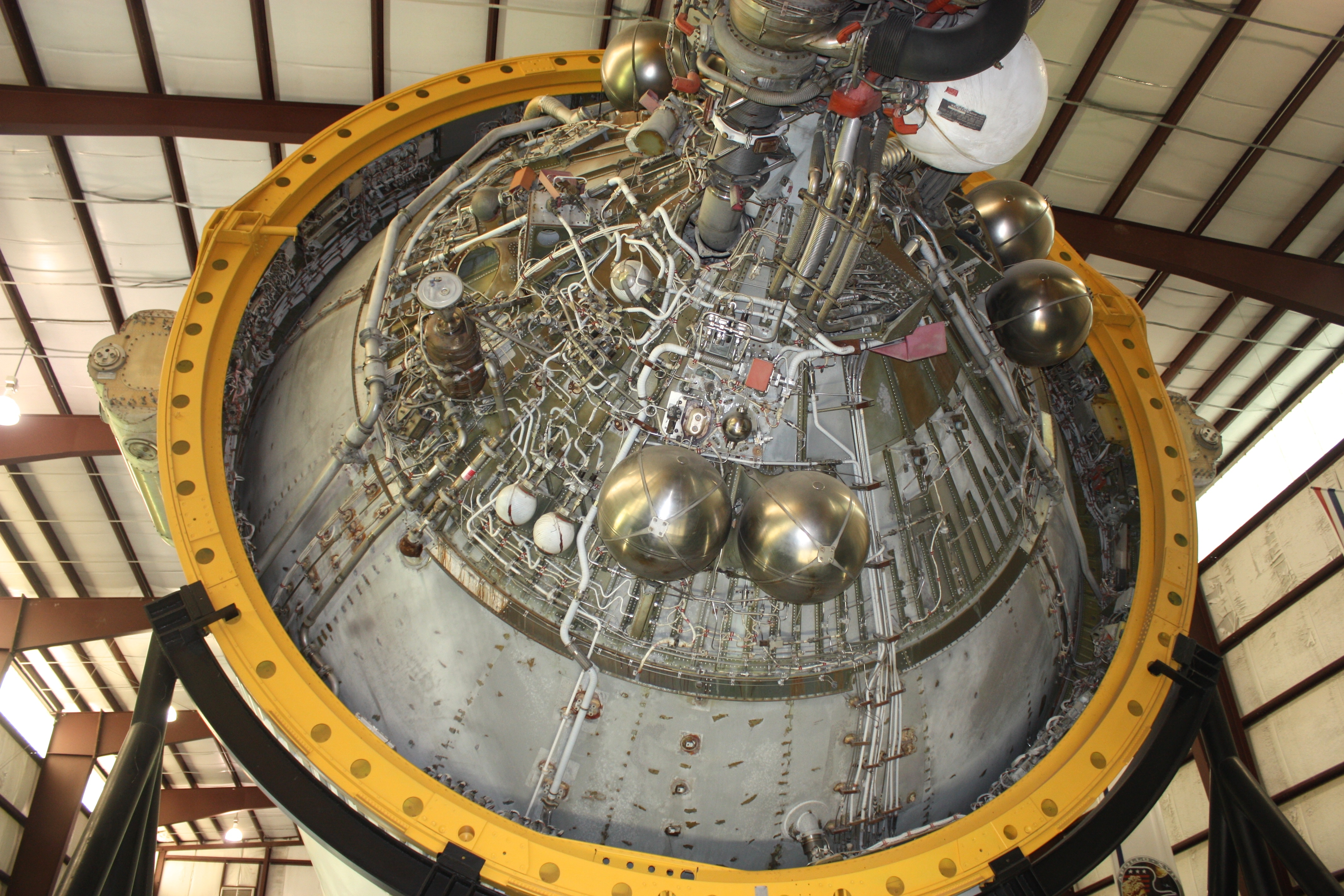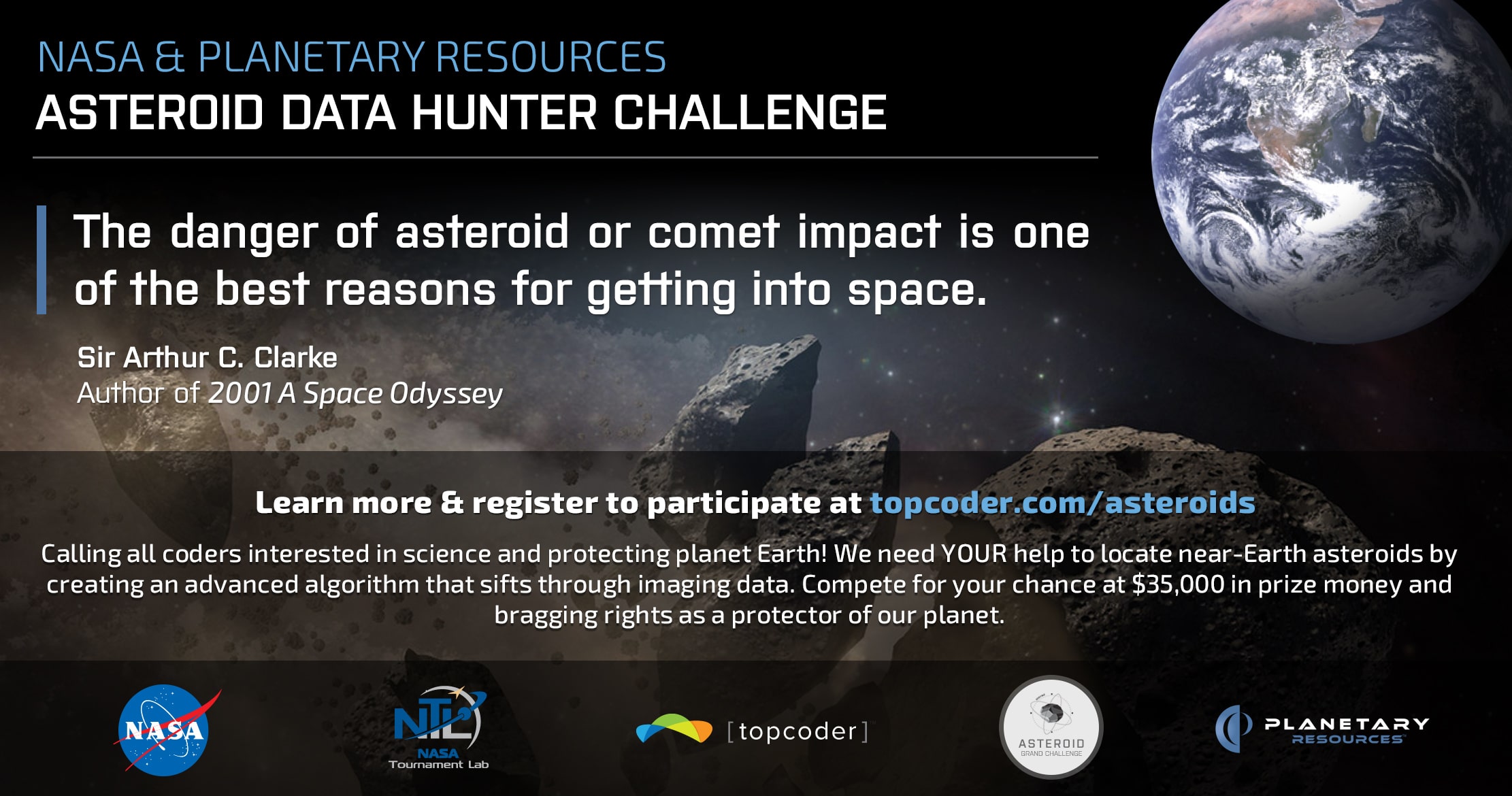
The things NASA want to do next are “really, really hard”.
There is a misconception NASA is concerned only with space, but they constantly collaborate with the greatest minds in biology and astronomy, and data experts – and are increasingly using crowdsourcing to come up with innovative solutions to hard problems. They were even responsible for innovations like memory foam and scratch-resistant lenses.
That’s why Steve Rader – NASA’s Deputy Manager for the Center of Excellence for Collaborative Innovation – appreciates the way the space agency harnesses people power and diversity. Lisa Goldapple went to Houston to circumnavigate the mighty Saturn V moon rocket with the crowdsourcing evangelist…

Steve on to NASA’s current challenges, and The Martian

Saturn V took part in sending man to the moon in the late 60s
Everything NASA does is a one off. If you try to compare us to a plane or car company it’s not fair competition because they make hundreds of whatever, so their test programmes build up over a long period of time. We get one shot at this.
What the International Space Station (ISS) is doing is miraculous. It’s bringing together an international community of people who don’t always agree in politics, yet have worked side by side for 15 years. The Apollo Program is a big deal.
How nerdy do you want to get with Saturn V? Your iPhone has more power than all of the electronics in this entire vehicle. If you look, they are just wire-wrapped boards.

It takes big balls to go into space
People don’t realise the lunar surface has no rain or wind. When an asteroid hits it makes everything into fine powder like broken glass. If you rub lunar dust in your hands it will probably start bleeding. For some materials like rubber seals this is very harsh.
On the moon it’s easy to drive into a canyon that’s the size of the Grand Canyon. Since there is no atmosphere there is no fading effect eyesight-wise, it all looks the same. If an Exploration Rover is looking at a mountain, it can seem one kilometre away, when it’s 100.
I used to work on the Space Station. My wife was the lead trainer for the very first crew to have a long-duration stay on the ISS, Expedition 1. They just celebrated their 17-year anniversary. This is huge and doesn’t nearly get enough press. It’s up there all the time, doing amazing things.

Rader would go to Mars in a second
When we land on Mars… we could have a 360-degree recording equipment stuff ready sitting there, so you will record the whole landing and watch that first step in real time. You might be able to choose whether you want to watch the camera angle from the helmet or the side.With the release of The Martian we had the writer Andy Weir down here. People see NASA in fiction and wonder what we are really doing. In Weir’s book he wrote a very realistic depiction and there are nine real NASA technologies in the film.

Lunar Electric Rover (LER) Desert Testing in Flagstaff, Arizona
NASA has a lot of really smart people. But no matter who you are you never have all the smartest people in a given niche area. We have a really good background of engaging the public by saying “here are all the cool things we do!” When we use challenges to ask the public to help, we’re engaging them on a whole new interactive level.
People are participating in the future. Over a third of the world’s populations are on the web and we are accelerating. As people are realising their opportunities to participate, they are able to be part of the advanced solutions which used to be behind industry doors.
Challenges shake things up. They pose problems, take knowledge and twist it around, with prizes from a couple of thousands to a million. Crowds get you the most innovative answers, from the whole of humanity – which is amazing.
You can’t look everywhere all the time. Looking out at the universe is the hard part. Since 2011 NASA has run 90 different challenges. We have 15 going on right now – tapping into a competitive community as thousands of experienced people work on your problem.

Calling all coders
There is a whole science around diversity and innovation. Often universities and governments post hard problems they haven’t solved in years. MIT worked out 70% of the time they found a breakthrough it came from someone outside of the domain of the person posting the challenge.
The Centennial Challenge looks for way to 3D print houses on other planets using soil and waste plastic. We are also trying to improve EVA (extravehicular activity) suit test methods and make bricks out of lunar rigolith.
Help NASA upgrade Robonaut 2. We want the highly dexterous, humanoid robot to recognise tools to use them autonomously. We also have challenges on data search, prosthetics for veterans and bio-inspired health exercise machines.

Robonaut is a collaboration between NASA, General Motors and Oceaneering Space Systems
Almost every great innovation has a ying and yang. Machine learning allows us to look at hard problems that we can’t wrap our human heads around. Machine learning and virtual reality excite me. Who is to say that ordinary people can’t explore places all over the universe through VR? Technology is making this possible. (Anything that can help humanity can probably destroy it too.)
I am fundamentally optimistic about the future. As much as people are drawn to negative news going on around the world, there is much more that is positive. People’s lives continue to get better in many ways and innovation and collaboration are on the rise. This is a really amazing time.
We are just at the start of what crowdsourcing is. I’ve been running NASA challenges on Freelancer.com to see how far we can go. It seems like a big project, with 16 million people using it – but it’s just a small pilot I’ve been running. When you look at the full range of how NASA is engaging the public in crowdsourcing and challenges, it’s pretty exciting!”
If I could have any FuturePower it would be flying, of course. Would I go to space?… in a second.

A special rocket used just to test the Apollo abort system
Learn more ► Steve Rader is currently working on a team that is trying to get 50 challenges funded, Read more about the government challenges and NASA challenges at NASA Solve. (Photographs: Lisa Goldapple at NASA Rocket Park, Houston, US)

